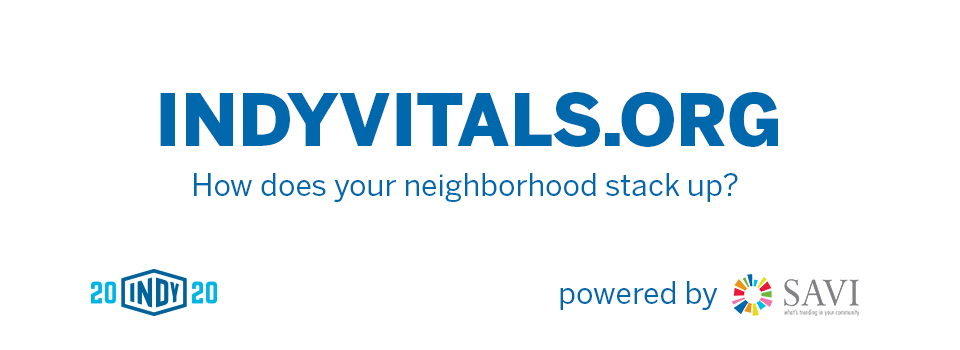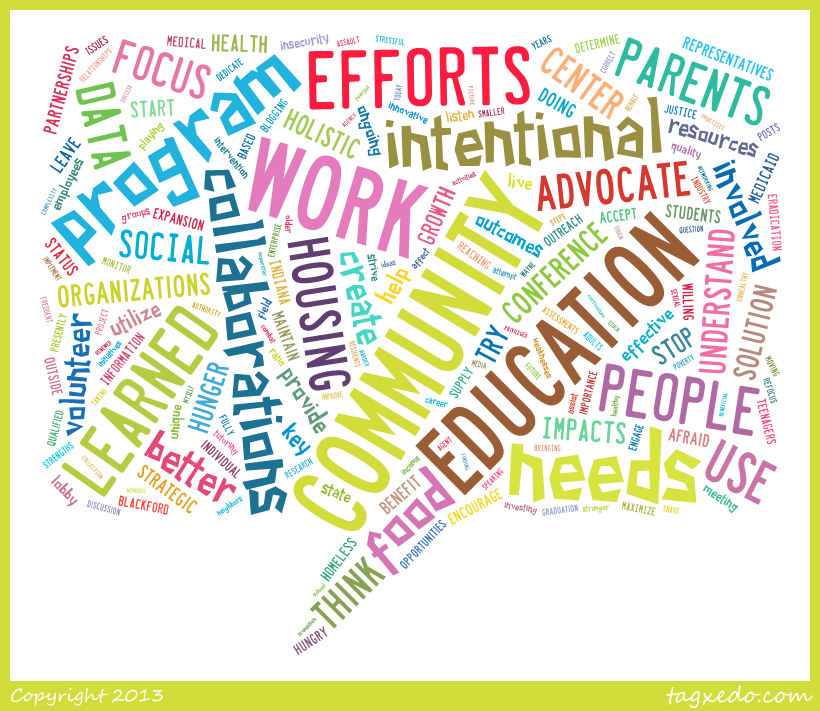All of us hope to have a positive impact on our community. It’s why we do what we do. Nonprofits exist to help make the world a better place. But how do we make sure our programs and organizations make the greatest impact they can?
It starts with good planning and good data…planning that focuses on your end goal and data that informs your decisions.
3 KEYS TO SUCCESSFUL PROGRAM (OR ORGANIZATIONAL) PLANNING:
1. START WITH THE END IN MIND
Plan backwards, implement forward. Confusing? When you are planning your program, focus first on what’s important – what do you hope to change as a result of your work? What impact do you hope to make on individuals, families, policy? Once you establish your vision, then you need build a plan that ensures your program will have the impact (or outcomes) you desire. This is what many refer to as an outcomes-based approach. Then, of course, when you implement your plan, you start at the beginning and work toward that end goal.
2. USE DATA TO INFORM YOUR PROCESS
Having good data can help you focus your priorities. I have worked many times with organizations who think they know the situation based on their experience or what they think they know about their community. Once I start presenting data, tangible facts about their service area or their target population, there are a lot of “aha” moments.
a) Look at the data geographically – map it! The findings may surprise you. It’s possible that your program or service could have a much bigger impact by focusing on a smaller area with concentrated need, than serving a larger area with people in need dispersed about.
b) Collect People Data (otherwise known as qualitative data). Sometimes, the statistics just aren’t available. I have come to appreciate the value of “people data.” Talk to people in the community. Talk to other service providers. Ask their experience – what challenges or barriers do they see? What gaps are there?
3. BE LOGICAL
Using a logic model provides a framework for thinking through the problem and how we are going to solve it. When laid out properly, the logic model tells you the reasoning behind your program through a chain of events: If we have these resources and use them do theseactivities, it will result in these outcomes, which ultimately will have this impact.
5 STEPS TO MAKING A BIGGER IMPACT – THE LOGIC MODEL APPROACH
- Conduct a needs assessment to understand the situation and set priorities: This is THE most important part of the process and is the part that often takes the longest. If you do not clearly understand the need, you may not be providing the right solution! Take the time to collect and analyze data about your service area, your target audience, and the subject matter. What resources already exist in the community to address the problem? What is or where are the gaps?
- Establish your end goal: What do you hope will improve as a result of your program or service? What is your desired impact? (this is your long-term goal)
- Set short- and medium-term goals: Transformation takes a long time, sometimes years. What short-term and medium-term goals do you need to set to reach your desired impact?
- Determine your activities: Now that you’ve set your goals, determine what activities your program or organization needs to do in order to accomplish those goals?
- Identify necessary resources: What resources will it take to do those activities? Examples: staff, volunteers, time, money, office space, computers, training lab, etc.
This of course is just the beginning, the plan. Now you must go forth and do. And collect data along the way to monitor what works and what doesn’t. And come back and revisit the plan periodically.
6 BENEFITS OF THE LOGIC MODEL APPROACH TO PLANNING
- It helps you create your vision and mission — or add clarity and fine-tune them.
- It provides a clear roadmap for how you will accomplish your mission.
- It helps you understand the value of each component of your program. The logic model helps us connect the dots to see the importance of all the activities and services and how they must work together to reach our goals and to have the impact we desire.
- In a word, funding. You will have two very important communication tools to approach funders: 1) justification for your program – if you’ve done your situation analysis well, then you will have good data to demonstrate the need for your program and 2) a well thought-out plan that demonstrates how your work will contribute to addressing the need and making a positive change in the community.
- It provides great information for evaluating your program.
- It reminds you to keep your eye on the prize, that positive change you want to make in the community – the reason you set out on this mission in the first place.
5 GREAT RESOURCES TO HELP YOU DEVELOP A GOOD LOGIC MODEL AND USE DATA TO INFORM YOUR PROCESS:
- Logic Model Self-Study course and logic model templates: Wisconsin Extension
- Basic Logic Model Development by the W. K. Kellogg Foundation
- SAVI Community Information System – a resources chalked full of data to support your strategic planning needs.
- Links to other data resources
- UWCI Nonprofit Training Center – periodically provides a fabulous course on outcomes-based approach to program planning





